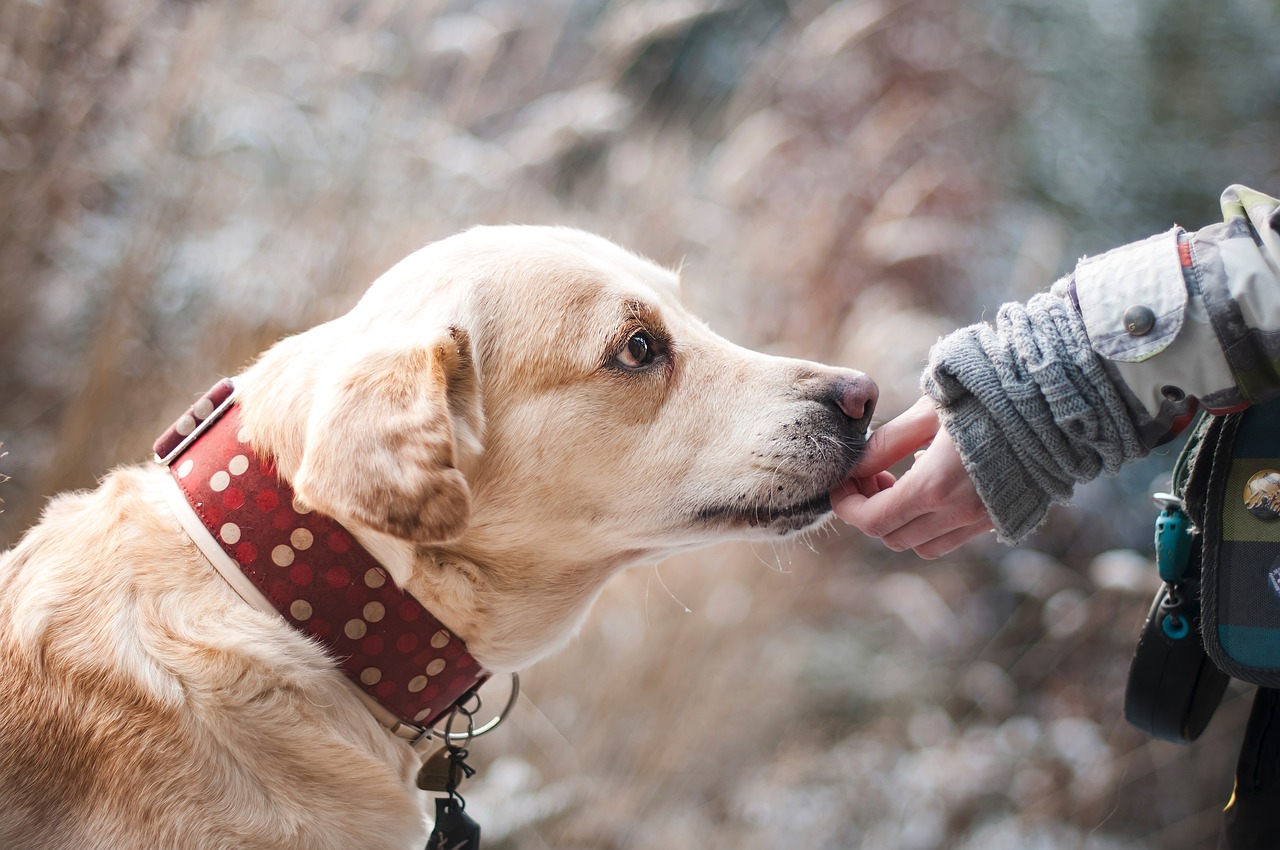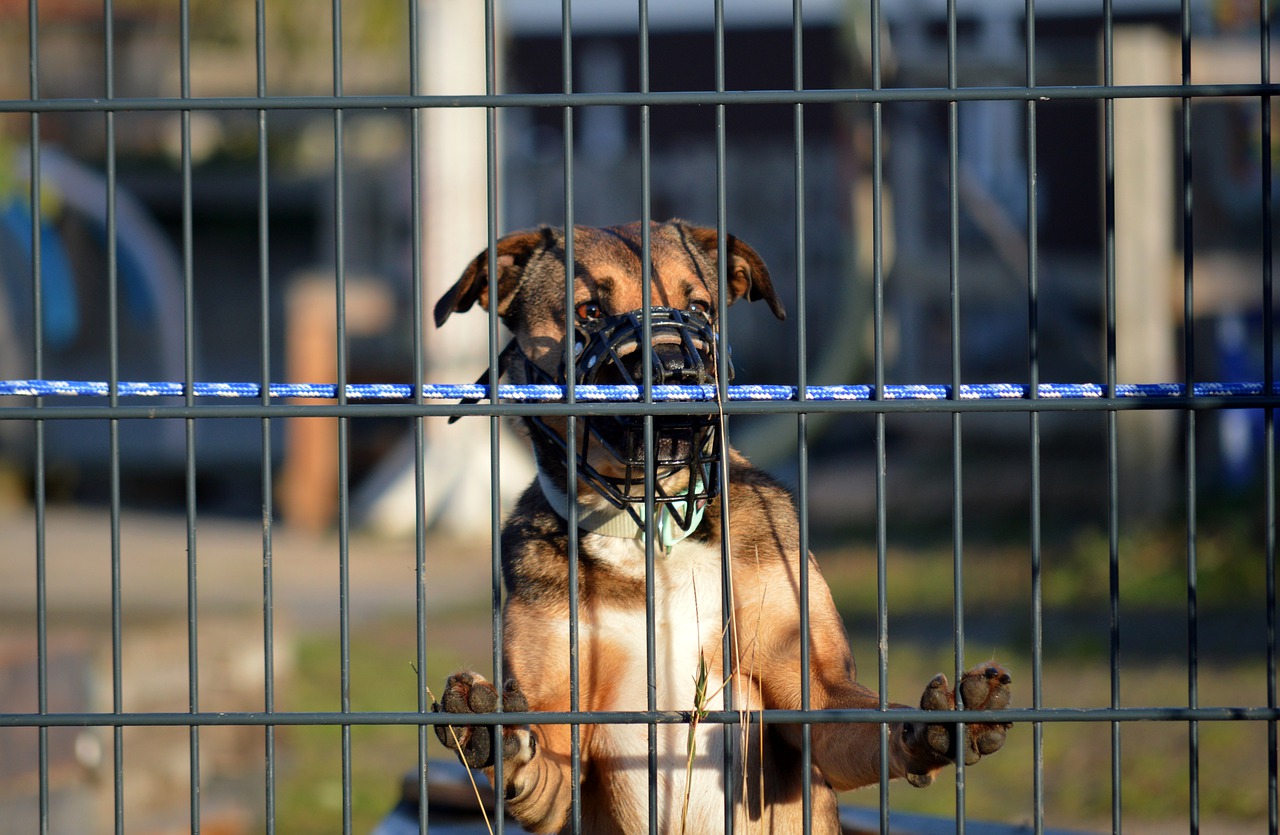Let’s Recognize The Root Causes of Aggressive Behavior in Dogs.
- Dogs, like humans, can also display aggressive behavior. This behavior can manifest in many ways, such as growling, biting, or attacking other animals or humans. While some dogs may exhibit aggression due to specific situations, such as feeling threatened or scared, others may have underlying issues that cause them to behave aggressively.
1. Fear and Anxiety
- Description: Dogs may show aggression when they feel threatened or scared, often as a defense mechanism.
- Signs: Growling, barking, showing teeth, or lunging when in a new environment or around unfamiliar people or animals.
- Solution: Provide a calm, safe environment. Gradual desensitization and counter-conditioning techniques can help reduce fear-based aggression.
2. Territorial Aggression
- Description: Some dogs become protective of their home or belongings, leading them to display aggression toward strangers or other animals entering their space.
- Signs: Barking, growling, or lunging at people or pets approaching the home or personal items.
- Solution: Socialize your dog early and create positive experiences with new people and animals in their territory. Training commands like “sit” or “stay” can help control behavior.
3. Pain or Illness
- Description: Dogs in pain or experiencing illness may act aggressively due to discomfort or frustration.
- Signs: Aggression may occur when the dog is touched in certain areas or when it’s time for a routine activity like walking or eating.
- Solution: Regular veterinary check-ups are important to rule out any medical causes. Treating underlying health issues can often resolve the aggression.
4. Lack of Proper Socialization
- Description: Dogs that were not properly socialized as puppies may struggle with interactions, leading to aggressive reactions in unfamiliar situations.
- Signs: Growling, snapping, or lunging at people, other dogs, or unfamiliar objects.
- Solution: Gradual exposure to new people, environments, and other animals through controlled socialization can help improve behavior.
5. Dominance Aggression
- Description: This type of aggression stems from a desire to assert control over a situation or other beings.
- Signs: Growling, snapping, or biting during activities like eating, walking, or playing.
- Solution: Clear and consistent leadership is key. Training sessions that establish rules and reinforce good behavior, along with positive reinforcement, can help reduce dominance aggression.
6. Frustration and Redirected Aggression
- Description: When dogs are unable to reach their target (due to a leash or barrier), they may redirect aggression toward another person or animal.
- Signs: Aggression toward other dogs or people when restrained, such as on a leash.
- Solution: Teaching your dog impulse control and providing proper outlets for energy through exercise or interactive play can help manage frustration.
7. Genetic Factors
- Description: Some breeds have a genetic predisposition to aggression. However, genetics alone are not a sole cause—environment and upbringing play significant roles.
- Signs: Certain breeds may be more inclined to aggressive behavior, but it’s important to assess each dog individually.
- Solution: Responsible breeding, early training, and socialization can help mitigate genetic predispositions.
Conclusion
- Reiterate that understanding the root cause of aggression is crucial for addressing and managing the behavior.
- Encourage dog owners to be proactive and seek professional help when necessary to ensure both their dog and their family’s safety.
- This structure will help create a well-rounded and informative blog that educates pet owners on the different causes of aggressive behavior in dogs and how they can address them.

How to Help Your Dog Overcome Aggression: Proven Tips and Solutions
Aggressive behavior in dogs can be alarming, which many pet owners struggle with. Whether your dog’s aggression is triggered by fear, territorial instincts, or frustration, it’s important to address it carefully and effectively. With the right approach, you can modify your dog’s behavior and create a calmer, more harmonious environment for both of you. Here are some tips to help calm and modify your dog’s aggressive behavior.
1. Identify the Root Cause of Aggression
Before addressing aggressive behavior, it’s crucial to understand why your dog is behaving this way. Aggression can stem from various factors, including:
- Fear: A scared dog may act aggressively as a defense mechanism.
- Territorial Behavior: Dogs can become protective of their home or possessions.
- Pain or Illness: A dog in pain might lash out when touched or approached.
- Frustration: Dogs can show aggression when they’re unable to reach a goal, such as while on a leash or being restrained.
Knowing the cause of the aggression will guide your next steps in addressing it effectively.
2. Establish Clear Leadership
Dogs are pack animals and often feel more secure when they know their place in the “pack.” Establishing yourself as a calm, consistent, and assertive leader can help prevent dominance-related aggression. Use positive reinforcement techniques to encourage good behavior, and establish rules early on:
- Set boundaries during playtime, meals, and walks.
- Be consistent in your commands and expectations.
- Avoid physical punishment, as it can escalate aggression.
3. Use Positive Reinforcement Training
Positive reinforcement is one of the most effective methods for modifying aggressive behavior. Reward your dog with treats, praise, or toys when they exhibit calm and non-aggressive behavior. This method helps to reinforce good behavior over time and encourages your dog to repeat those actions.
For example:
- When your dog is calm around other animals or people, reward them with a treat.
- If your dog stops growling or barking on command, praise and treat them immediately.
4. Socialize Your Dog Gradually
One of the most common reasons for aggression is poor socialization. Dogs that haven’t been properly exposed to different people, animals, and environments can become fearful and aggressive when faced with new experiences. Gradual socialization can help reduce this anxiety and aggression. Here’s how:
- Start with calm, controlled environments like dog parks or obedience classes.
- Introduce your dog to new experiences slowly, using positive reinforcement to reward good behavior.
- If your dog is fearful, avoid overwhelming them and provide a safe space for them to retreat to if needed.
5. Exercise and Mental Stimulation
A tired dog is less likely to act out aggressively. Regular physical exercise, along with mental stimulation, can go a long way in reducing frustration and pent-up energy that may trigger aggression. Ensure your dog is getting:
- Daily walks, runs, or playtime.
- Puzzle toys, obedience training, or scent games to keep their mind engaged.
- Opportunities to engage with other dogs in a controlled environment, such as a dog park or playdate.
By expending excess energy, your dog will be calmer and less likely to act aggressively.
6. Use Calming Aids and Techniques
There are various calming aids that can help reduce anxiety and aggression in dogs. Some options include:
- Pheromone Diffusers: Synthetic pheromones mimic natural calming scents that help soothe anxious dogs.
- Thunder Shirts or Anxiety Vests: These garments apply gentle pressure, which can calm nervous or aggressive dogs.
- Calming Music: Playing soft music or white noise can help mask unsettling sounds and reduce stress.
- Herbal Supplements: Some natural products, like valerian root or CBD oil, can help promote relaxation in dogs.
These methods can complement training and socialization efforts and provide additional relief for stressed or anxious dogs.
7. Seek Professional Help if Needed
If your dog’s aggression continues despite your efforts, it may be time to consult a professional. A certified dog trainer or animal behaviorist can assess the situation and provide targeted strategies for managing aggression. They can also help you work through more serious behavioral issues, including fear-based aggression or aggression due to past trauma.
8. Be Patient and Consistent
Modifying aggressive behavior in dogs takes time and dedication. Aggression won’t disappear overnight, and it’s important to be patient with your dog throughout the process. Consistency is key—regular training, reinforcement, and positive experiences will help your dog learn that calm behavior is rewarded.
Conclusion
Aggressive behavior in dogs can be challenging, but with patience, understanding, and the right strategies, it’s possible to address the issue effectively. By identifying the root cause of aggression, establishing clear leadership, and providing appropriate training and socialization, you can help your dog feel more secure and less likely to act aggressively. And if necessary, don’t hesitate to seek professional help to ensure both you and your dog enjoy a happy, safe, and peaceful life together. Remember, every dog is unique, so take the time to find what works best for your furry friend!
